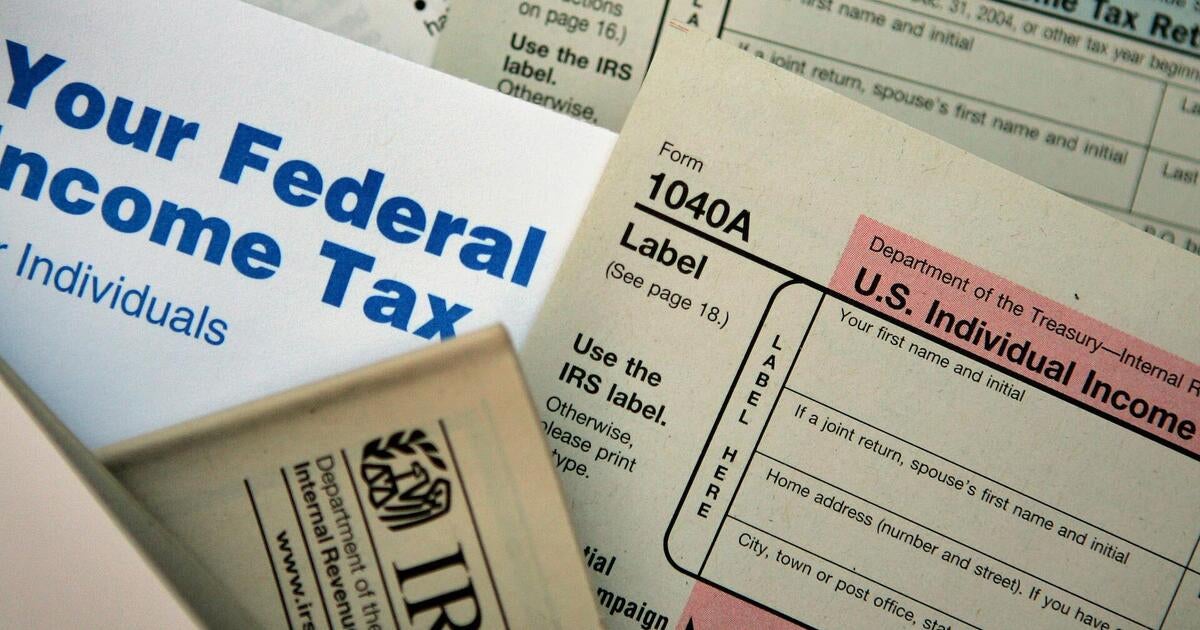We may receive commissions from some links to products on this page. Promotions are subject to availability and retailer terms.
Gold IRA
Sponsored

Getty Images/iStockphoto
Gold has been a prized asset for many years, its significance transcending centuries and cultures. While this precious metal has always been in demand, its value has soared from the start of 2024 into 2025. In January 2024, the price of gold hovered around $2,000 per ounce. Throughout the year, the price of gold per ounce continued to increase steadily, hitting numerous records along the way. As of February 2025, the price is clocking in around $2,900 per ounce.
Its meteoric rise is grabbing the attention of investors, turning this time-tested commodity into a vehicle for growth. However, while gold has performed exceptionally well over the last year, this isn’t a typical trend — but rather an outlier. In general, its growth has been slow and steady. Below, we’ll break down what to know about gold’s historical price performance.
Learn how a gold investment could protect your portfolio here now.
Understanding the historical performance of gold
Gold was $35 an ounce in 1970 and, in the decades since, has inched its way up over time. “Where it is today, $2,900 an ounce has obviously been an upward trajectory,” says Chris Mancini, associate portfolio manager of the Gabelli Gold Fund.
For years, the U.S. dollar was convertible to gold. Due to the convertibility of these assets, the United States had to manage the money supply for the system to work.
However, that came to an end in 1971 when President Nixon put a halt to dollar and gold convertibility. After that, the gold price per ounce started moving upward. But it’s not been a straight shot up, nor has it come close to mirroring the past year’s performance.
“Since then it’s [gold] had its ups and downs really like any other asset class,” adds Mancini.
While the price of gold has fluctuated over time, projections for 2025 show continued growth. J.P. Morgan estimates that gold could hit $3,150 per ounce by the close of 2025.
“Gold had an incredible run in 2024, returning over 31% to investors, handily beating equities. 2025 is already off to a good start, with a new all-time high…It’s possible we break the historic $3,000 barrier in the near future,” says Brett Elliott, director of marketing at American Precious Metals Exchange (APMEX).
Invest in gold now, before the price rises again.
Average historical performance of gold
Despite gold’s double-digit growth over the last year, the average historical performance of gold is more measured.
“The spot price of gold has risen 44% from a year ago today,” explains William A. Stack, financial analyst for the United States Gold Bureau and financial advisor at Stack Financial Services LLC. “This is not typical movement for the gold price. The long-term average for gold price appreciation is around 8% per year. This has been approximately true whether looking back 20 years or 50 years.”
What factors impact the price of gold
A multitude of factors impact gold costs, including the typical principle of supply and demand, inflation, Federal Reserve actions that influence interest rates, major global events, and economic uncertainty.
During unpredictable and volatile times, gold investing often rises in popularity as investors seek security and stability to ride out the turbulence. Stack also notes that gold is an important reserve asset and has become more prevalent in trade.
“An important corollary is the rate at which central banks worldwide have been acquiring gold, purchasing record amounts for the last 2.5 years, while the use of dollars in world trade has diminished. Nations are also purchasing more gold, and less US treasury securities with reserve capital,” says Stack.
Why gold can be a smart investment
Gold investment can be a hedge against inflation. “Gold holds its purchasing power, whereas cash doesn’t. It loses purchasing power over time because of inflation,” says Mancini.
Including gold in your investments also helps diversify your portfolio. You can go with a tangible asset like gold bars or gold coins. There are also numerous gold investment options from gold stocks to gold ETFs, gold futures and a gold IRA.
Gold provides another investment option for skittish investors with a low risk tolerance. If you don’t want all your money tied up in the stock market, cash and bonds are a safe bet.
But gold is another alternative to consider, even for beginners. Mancini suggests investors in this group take some cash and allocate it to gold. The key is to understand the type of gold investment and its unique pros and cons, to avoid making a mistake getting into something you don’t quite understand.
Another benefit of having gold is creating generational wealth. “Gold can also be passed on to beneficiaries discreetly, during an estate transfer,” says Stack.
The bottom line
Gold investors can reap the rewards of the precious metal’s extraordinary growth. Stack also notes that silver will likely follow gold’s increase. So you can also look into silver coins, a silver IRA, and silver bars to add to your investments. Just be aware that this unprecedented increase is holding steady for now, but like any other investment, the value can go up or down at any moment.










